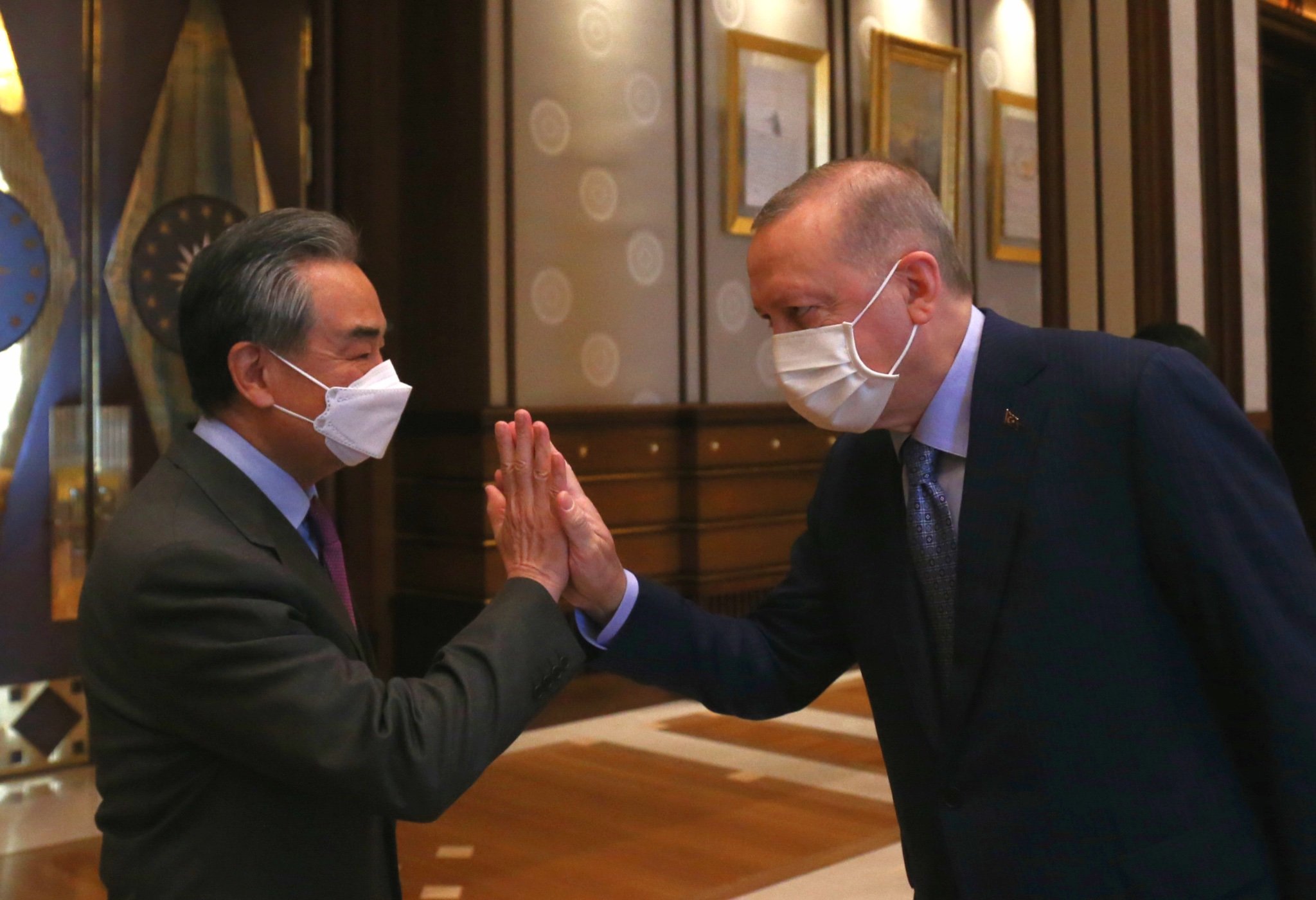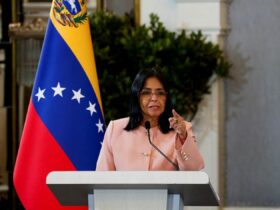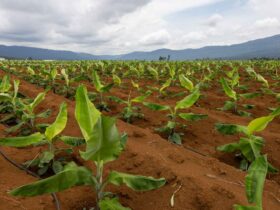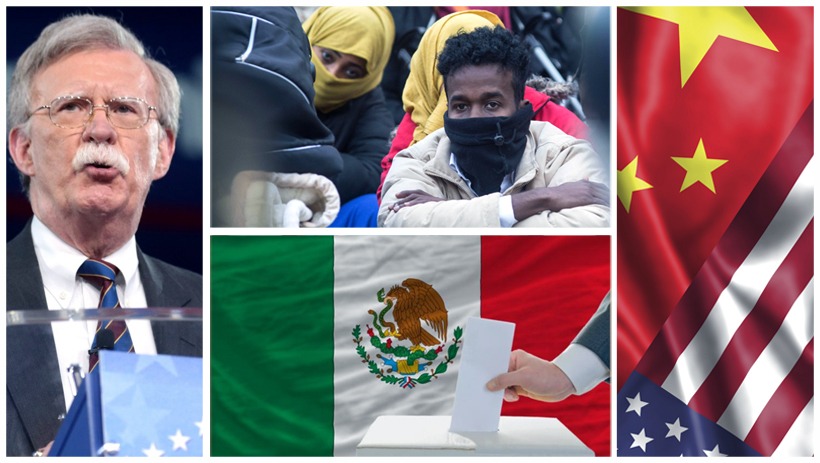ASEAN needs coherence between what it commits, what it aspires to, and what it delivers.
ASEAN needs coherence between what it commits, what it aspires to, and what it delivers.
By Mehmet Enes Beşer
As the world is speeding towards a catastrophic climate tipping point, the role of the emerging economies has shifted from the periphery to center stage of global climate negotiations. Within this transformation, the ASEAN region has become a test site and a war zone of what climate ambition is in the Global South. As economies grow, people migrate to cities, and emissions rise steadily, there can be no dispute about the imperative of genuine climate commitments. Nationally Determined Contributions (NDCs)—the pillar of support of the Paris Agreement—have become the yardstick by which that ambition will be measured. And yet, even with a new batch of updated submissions by ASEAN states, the hard truth holds: the majority of them only reflect incremental tweaks, not a change of direction. The ambition is visible—but in print only.
As ASEAN countries began to file revised NDCs between 2020 and 2022, they were moving into a world that had grown colder, hotter, and financially more fragile. The COVID-19 pandemic had exposed the fragility of emergency response systems and deepened fiscal pressures. In the meantime, the energy crisis and inflationary shocks made it politically dangerous to discuss coal phase-outs or fossil fuel subsidy reform. In this backdrop, many governments converted their NDCs into reputation management strategies—posting climate credentials without truly changing development trajectories.
Vietnam’s updated NDC has often been touted as one of the most forward-looking in the region. It not only upgraded its unconditional and conditional emission reduction targets but also pledged to reach net-zero emissions by 2050 at COP26 officially. However, the indigenous machinery required to realize those ambitions remains in arrears. Its grid is congested, investment in renewable energy is being pushed back, and coal continues to prop up its industrial growth. The signing of a $15.5 billion Just Energy Transition Partnership (JETP) was historic, but its implementation continues to be held back by regulatory inertia and uneven inter-ministerial coordination.
Indonesia, having the region’s largest emissions due to its dependence on coal and land-use deforestation emissions, updated its NDC to increase both its unconditional and conditional aspirations by a slim margin. Yet those numbers continue to be set against a business-as-usual scenario that overly estimates projected emissions, thereby diluting the ambition of the goal. The promise of the government to exit coal has been diluted by plans for “clean coal” technologies and ongoing investment in coal-fired power in its national electricity master plan. Even after another JETP agreement worth $20 billion, the planning documents of the state utility PLN have yet to include a serious departure from fossil fuels.
Malaysia’s updated NDC has more sectoral specificity and transparency, and now includes a 2050 net-zero pledge. But there is little in the form of detailed decarbonization plans, and fossil fuel subsidies remain embedded in its budgetary structure. Thailand, however, upgraded its conditional international support-supported emissions reduction target to 40%, but has yet to address transport and agriculture emissions with policy clarity. Climate ambition for both nations has been placed on a long-term vision, as opposed to being an imperative for an immediate switch.
The Philippines has verbally made the most ambitious pledge at 75% reduction of emissions by 2030. Over 97% of this pledge is nevertheless dependent. Local coordination of policy is still weak with interagency overlapping roles, imprecise delineation of duties to carry out, and a decentralized system of government that holds back enforcement. While the Renewable Energy Act and new solar auction schemes have taken off, the pace of change is sluggish, and coal remains the energy source that reigns in most island provinces.
Singapore is an exception. Its updated NDC commits peaking emissions by 2030 and net-zero by 2050, with policy instruments like a national carbon tax—the first among ASEAN nations. It is also investing in clean electricity imports, carbon capture, and hydrogen. But the per capita high emissions and position as a world petrochemical hub of Singapore highlight the paradox of carbon-greedy economic systems coexisting with technological ambition. Its leadership in innovation and green finance is important, but it cannot make up for region-wide inertia elsewhere.
The real issue is that the majority of ASEAN NDCs are still decoupled from domestic economic policymaking machinery. They are often prepared by environment departments or climate focal points with shallow authority over energy, finance, or industrial policy. As such, they remain unlinked from national development planning, infrastructure plans, or public investment plans. This siloed approach explains why countries can raise their climate targets while continuing to approve new coal plants, expand highways, and subsidize fossil fuels.
Furthermore, ASEAN climate ambition is still donor dependent. The majority of the new NDCs are elaborate conditional targets conditional upon foreign finance and technology transfer. It is a reasonable demand for support, yet it also creates a pattern in which climate action is a foreign imposition on national economies rather than an endogenous reform agenda. The risk is that NDCs become transactional papers—written to mobilize finance, not transform economies.
To be taken seriously, climate ambition must move beyond the target-setting culture and become a whole-of-government effort. It must become entrenched in fiscal policy, legislative systems, and public investment. It must be framed before subsidy regime reforms, power sector planning reform, land-use management, and transport planning. It must be heard by diplomats and financiers, but also by farmers, mayors, and factory workers. Above all, it will have to carry political momentum—embedded in leadership, budgeting, and systems for accountability beyond climate conferences and donor negotiations.
The ASEAN region is not short on imagination or capability. Its cities are leading the way in green infrastructure. Its businesses are beginning to shift towards ESG compliance. Its citizens, especially its youth, are becoming increasingly climate aware. But until national governments see NDCs as instruments of economic change—not as diplomatic niceties—the region’s climate ambition will remain trapped in the gap between intention and action.
The second NDCs are due in 2025. That date brings not just an opportunity for target revision, but for rebalancing strategy. ASEAN does not need more numbers. ASEAN needs coherence between what it commits, what it aspires to, and what it delivers. Climate credibility begins at the intersection of political courage and institutional reform. That is the real ambition ASEAN must now rally behind.
















Leave a Reply